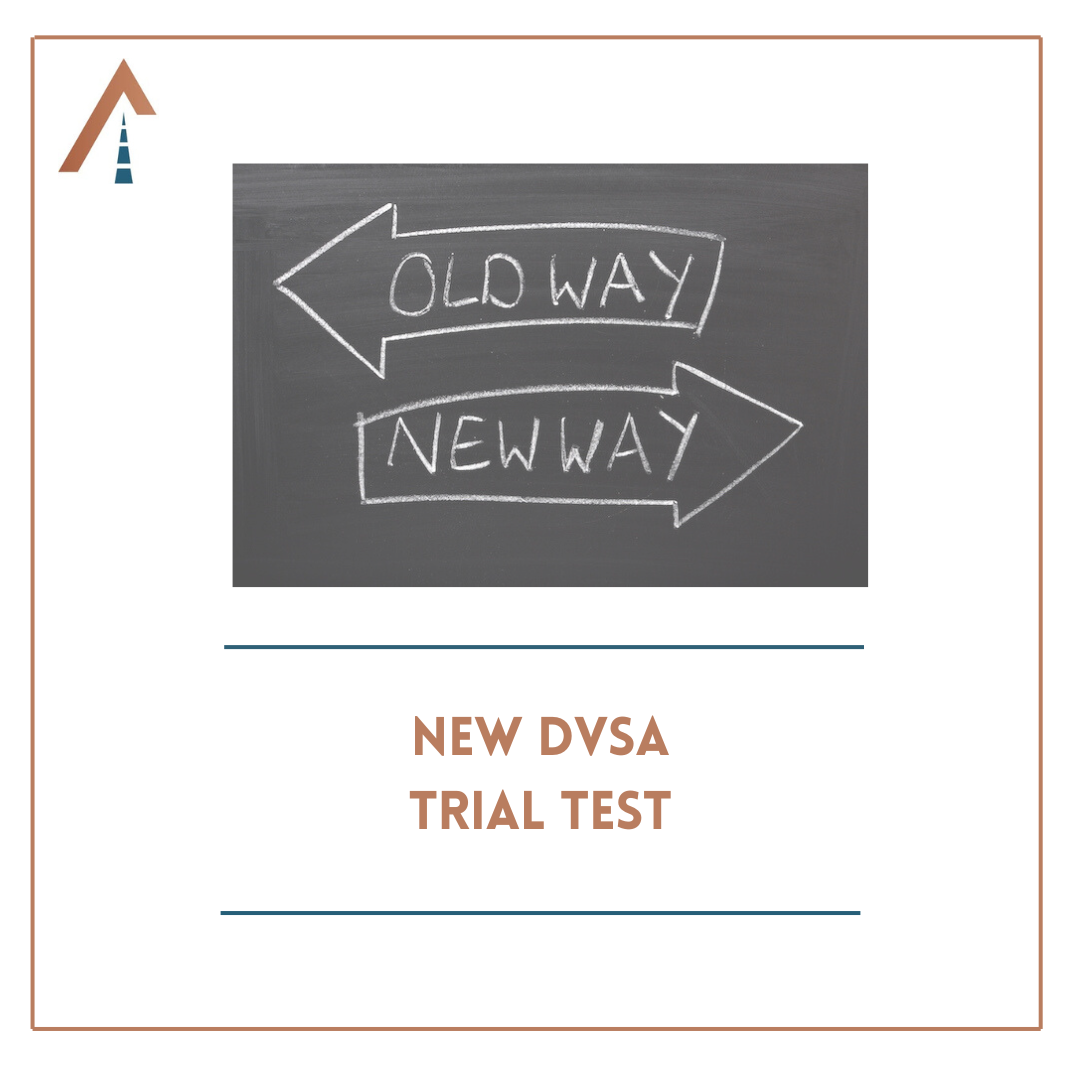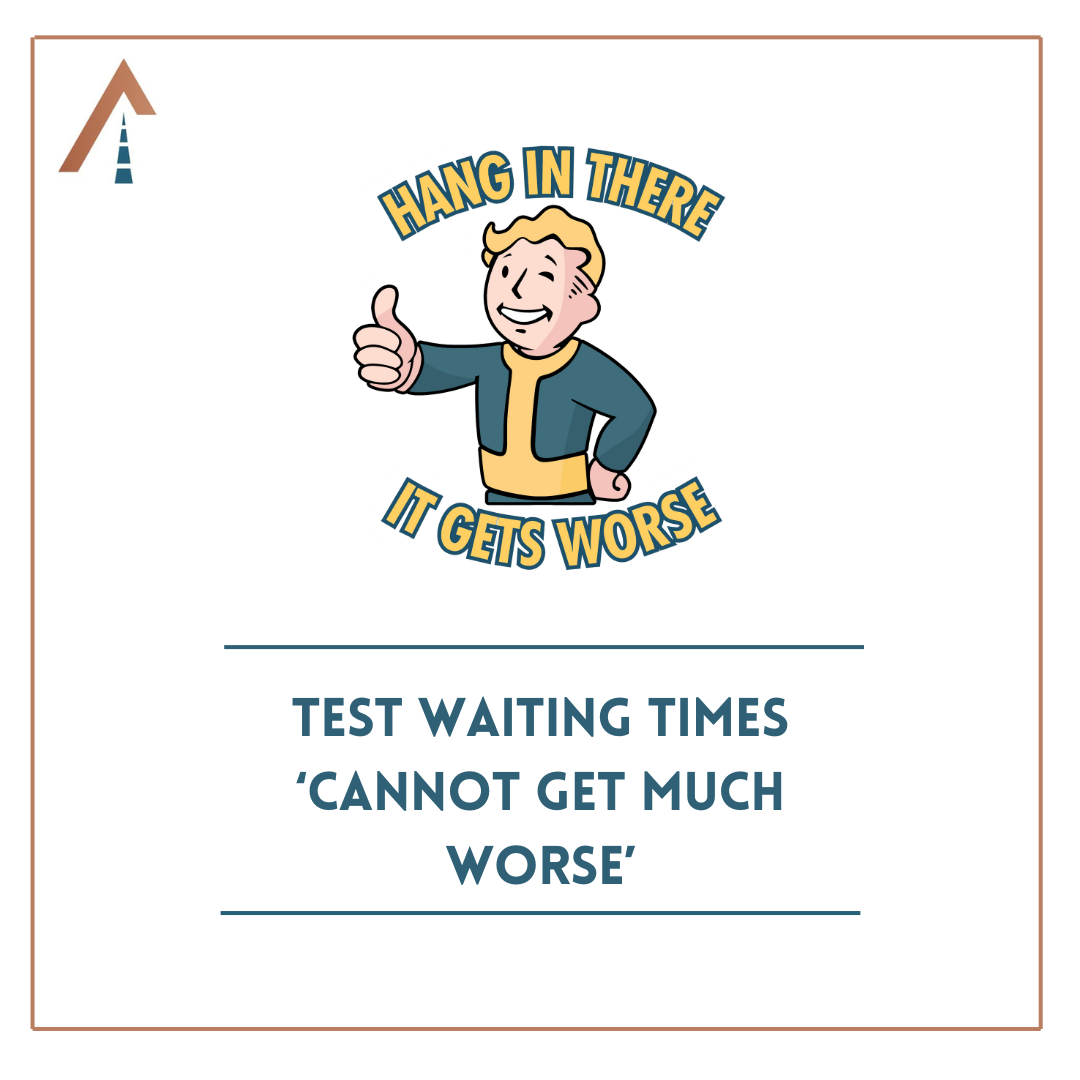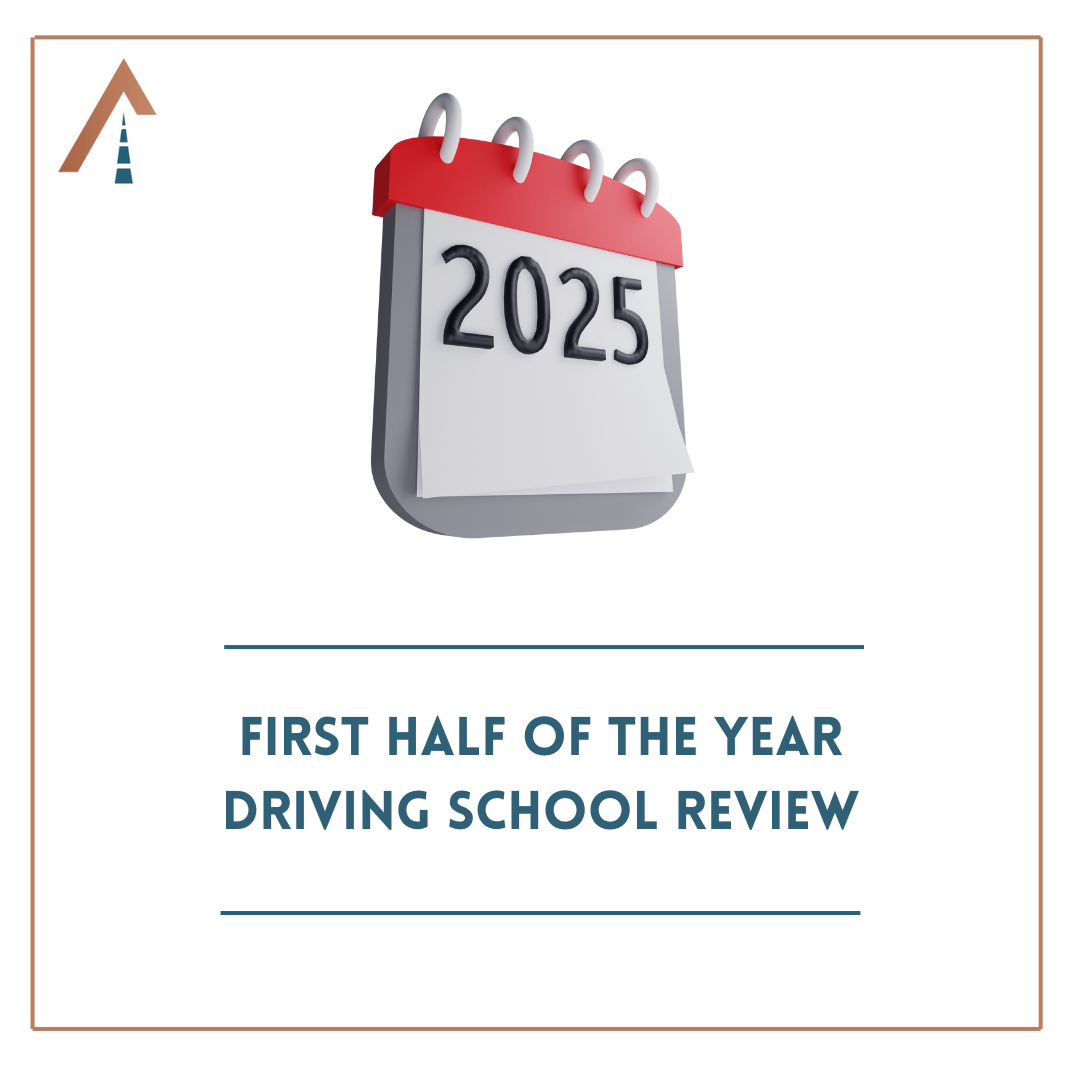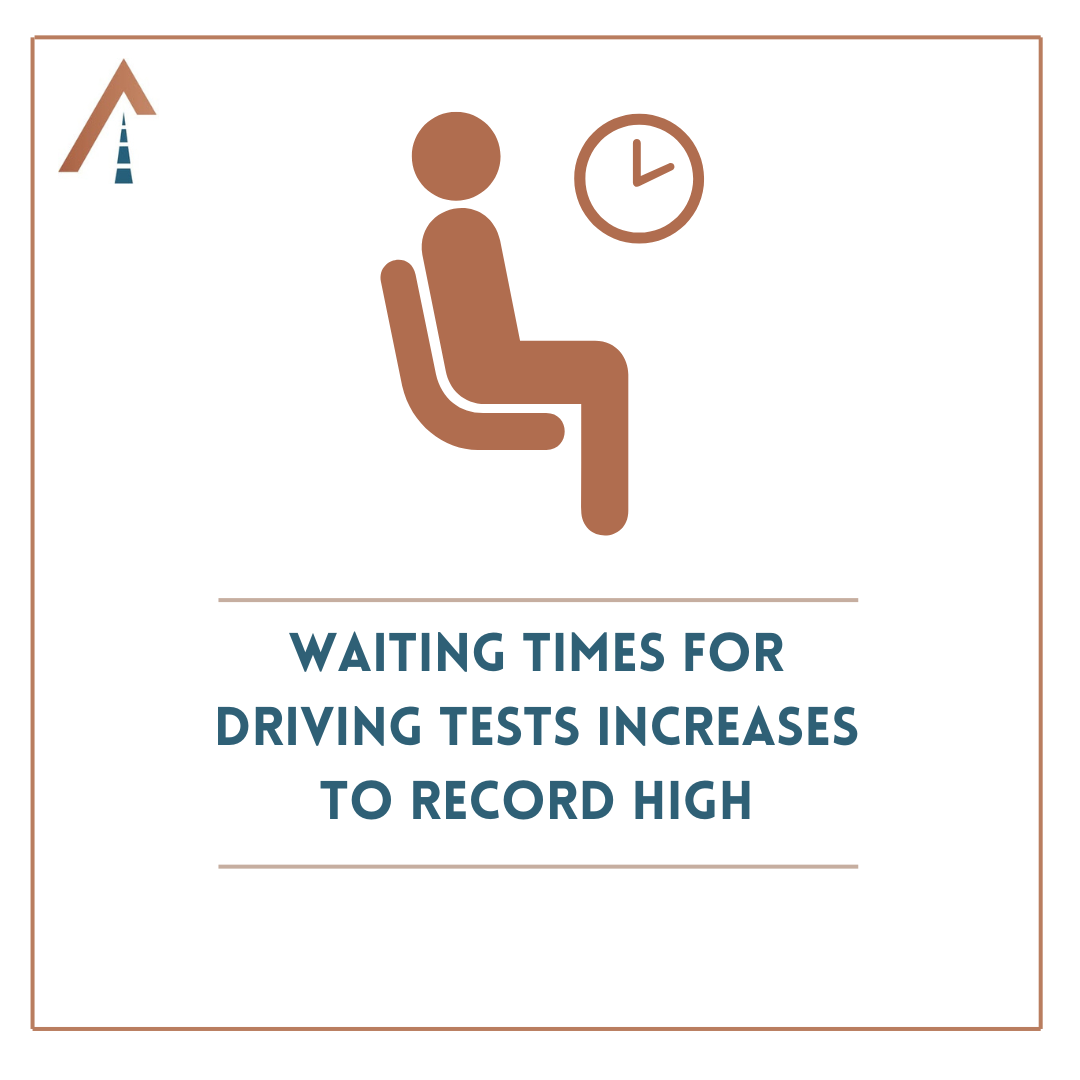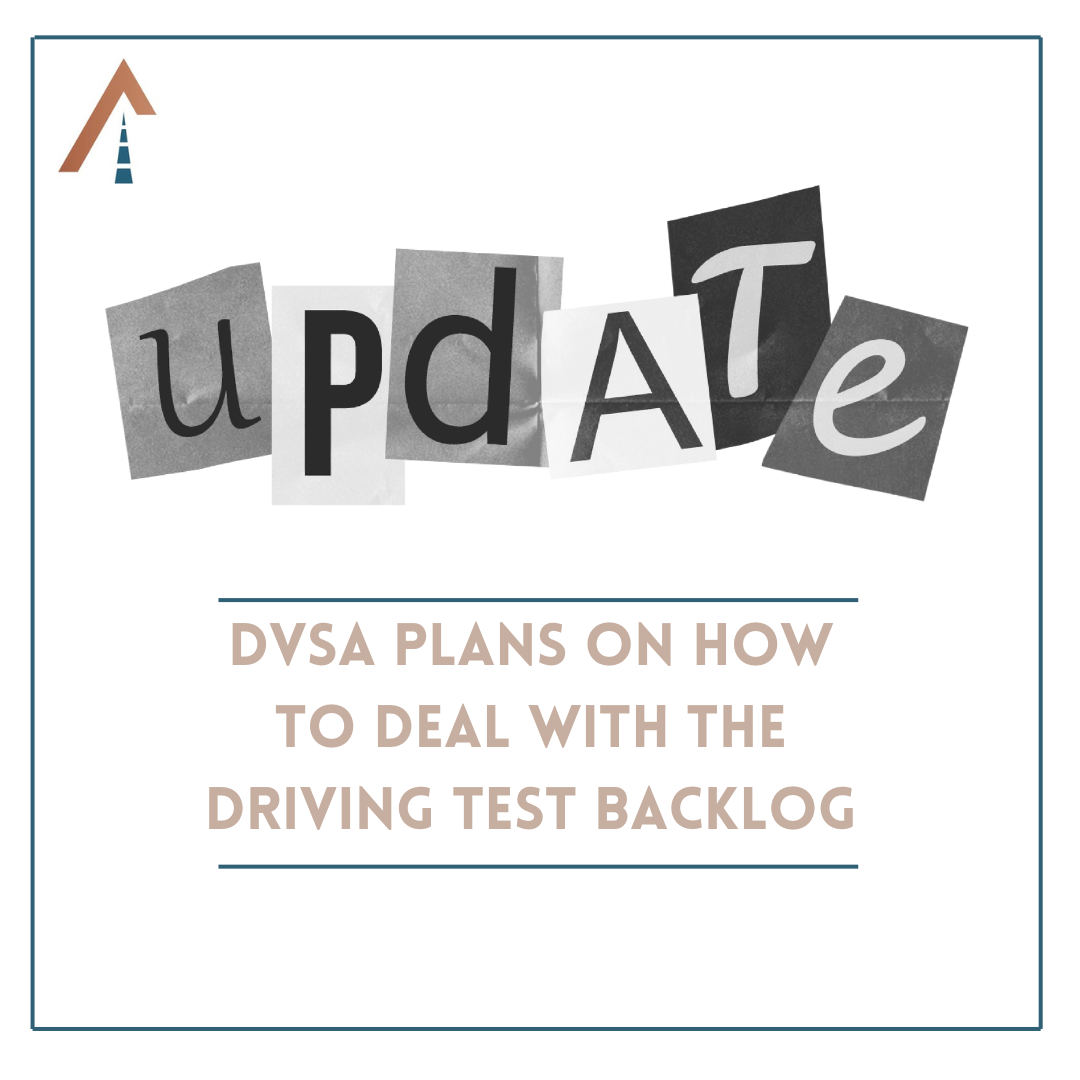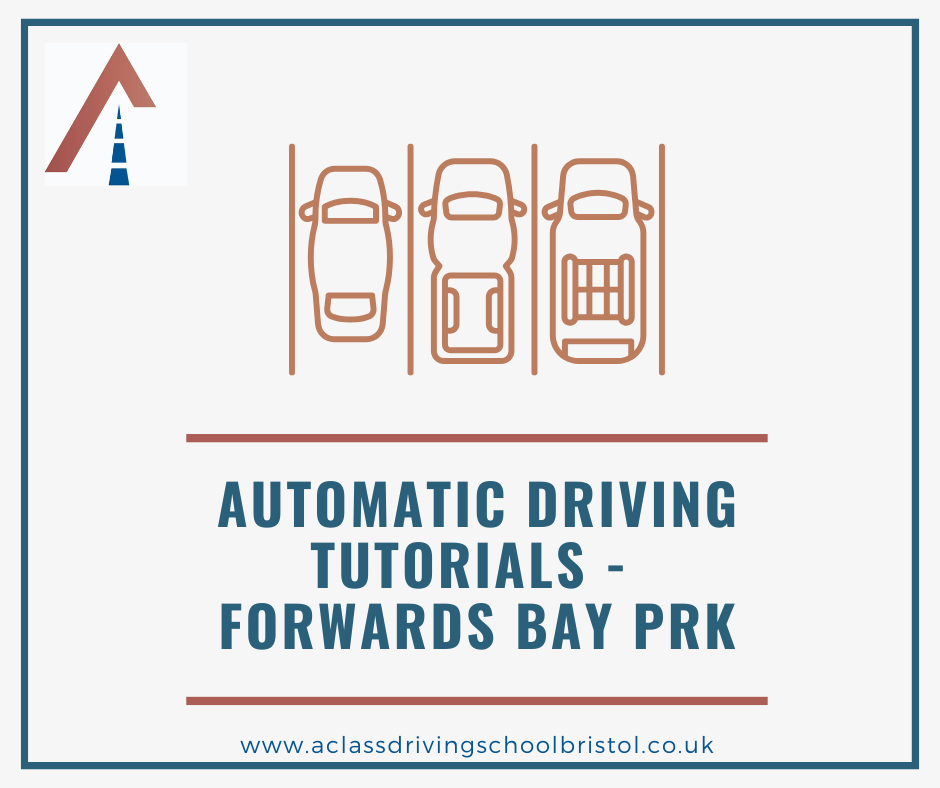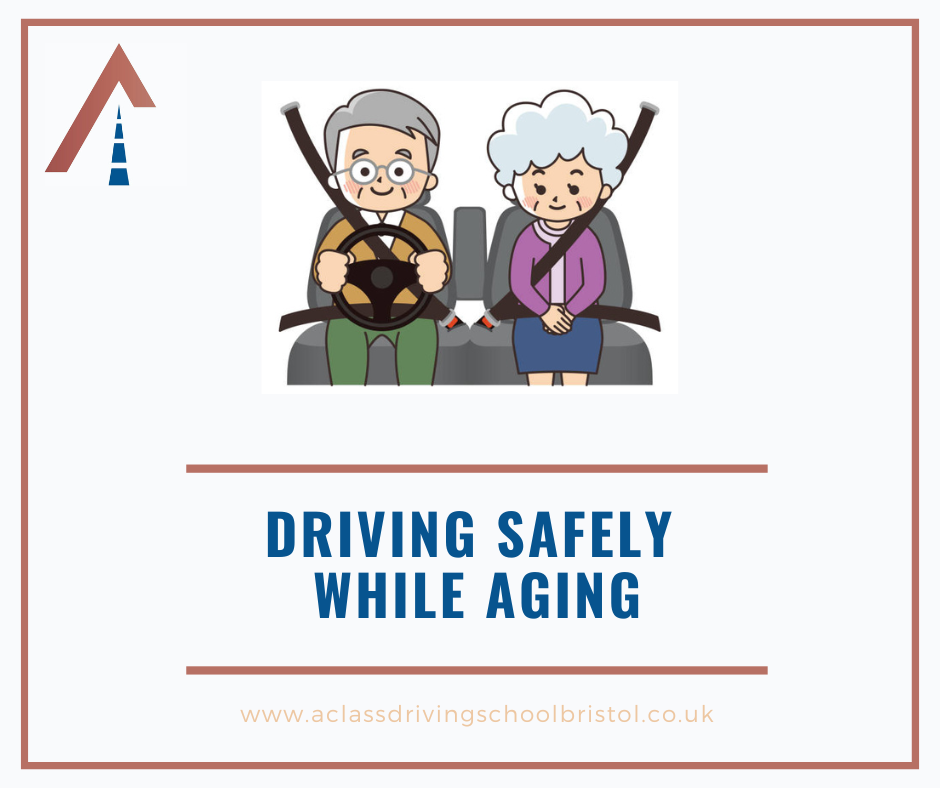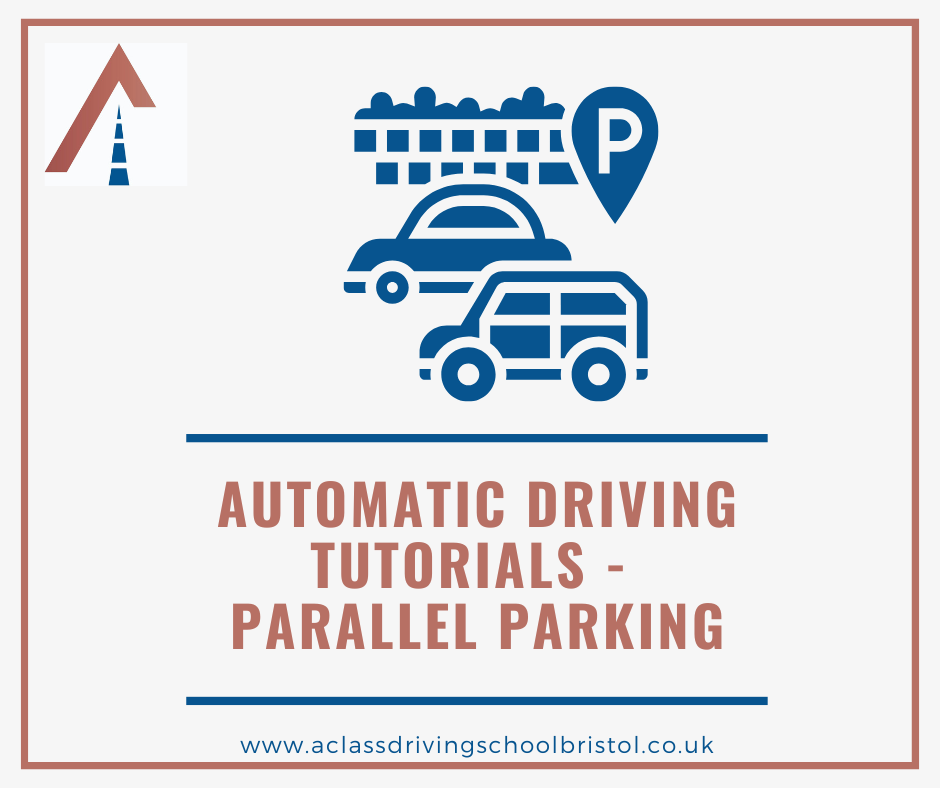Top 5 reasons for failing
Top 5 reasons why people fail their driving test and how to avoid it yourself
The UK driving test is regarded as one of the toughest in the world. Your licence will entitle you to drive anywhere on the planet so your standard must reflect this. One of the DVSAs main objectives is to have the safest roads of any country, hence why the test is so difficult. The pass rate has constantly sat at around 45% for the past decade and the first-time pass rate is even lower.
Therefore, in order to pass it’s important to go into your driving test when you’re fully ready, not just when your parents say so. The average amount of driving experience needed to pass, according to the DVSA, is 64 hours. 40 or so with an instructor, the rest is made up with private tuition.
I’ve been teaching now for over 10 years here in Bristol, and most students don’t have the luxury of private tuition with their folks. I also think that number of 64 hours is dragged up due to those living in London, where I can imagine things are a lot tougher and more unforgiving to the learner driver.
The take home from this should be ‘go prepared’. Knowing the top reasons why candidates fail, could help you out a little more in understanding how the test works and what the examiners are looking for.
My golden rule to all my students is – ‘Don’t make anyone else slow down or change direction because of you unnecessarily’. If you’re able to do that, you’re halfway there. This will become apparent in the top 5 reasons below on why people fail.
Reason 1 (202,139 national fails between December 2017 to December 2018)
Observations at junctions – Example – You emerge from a side road thinking the gap is big enough and a car comes racing up behind you, looming large in your interior mirror. You’ve accidently slowed them down. Golden rule broken.
The question when emerging shouldn’t be ‘can I get into this gap?’ but ‘can I get out into this gap without slowing anyone down?’. If you’re unsure, wait. Patience is great skill to demonstrate come test day. You have to be there for TIME before getting marked down for undue hesitation, and even then, it’ll be most likely a minor. You make a single car, van, lorry … bike, slow down after pulling out, even if their speeding, you’re toast.
Reason 2 (165,908 national fails for the same time period)
Mirrors – Change in direction – Example – Your turning right 3rd exit on a large roundabout, as you’re about to leave and take the exit, moving across lanes, you forget to check your left door mirror to see if anyone is behind/alongside you. If there’s a road user there it’s a fail as they would have to change speed and possibly direction to avoid colliding with you.
Mirrors are an essential tool for safe driving. You need to know what’s around you before making a large change in direction. Lane change, moving around a bus picking up people, going from one road to another are all common examples. If using your mirror isn’t second nature to you come test day, you’re not ready.
Reason 3 (90,030 fails for the same time period)
Control – Steering – Example – The candidate comes into a new road and the line they have taken is wild and not under control. Either too close to the kerb/parked objects or too wide and they balloon outwards onto the other side of the road. Oncoming traffic would have to stop suddenly allowing you time to get back onto your side. Once again, golden rule broken.
I find that this fault is usually all to do with speed. Which is, in my opinion, the biggest cause of so many driving issues. If the car is too fast, you can’t control it well enough to maintain a perfect line into the new road, staying in your normal drive position.
Reason 4 (80,054 fails in the same time period)
Junctions - turning right – Example – You’re asked to take the next turning on the right (an approaching situation). You stop for oncoming traffic but didn’t make a big of enough movement to the right to allow the cars behind to make progress. Perhaps the back end of the car is sticking out, or the markings on the floor haven’t been used (well enough or at all) to get into position. This would be regarded as slowing down the traffic (behind you) needlessly.
That MSM or MSPSL routine (if you’re unsure what this is, please feel free to use our free driving tutorials here) needs to be followed even for the most mundane of junctions. If your Position is off and you’re blocking the road, it’s a fail. Make sure you move over early enough (if there is room to do so, make sure you stay on your side of the central divide lines if present) to get the back end of the car out of the way of the vehicles behind.
Reason 5 (76,745 fails for the same time period)
Move off – Safely – Example – You’re asked to find somewhere to pull up on the left for one of the moving away exercises. You park up, all is well. The examiner then asks you to drive on when ready. You prepare your car, observe and manoeuvre…but forgot to check your blind spot and there was a road user in that huge area that doesn’t show up in your mirrors, it’s a fail.
If I were to go back over every single test my students ever took and record all the minors over the past 11 years, this would take the number 1 slot. The times I notice that this happens the most is when a student is about to move off and sees traffic coming towards them in their mirrors. They sit and wait and anticipate the next gap like they should, all the while using their door mirror to see what’s going on. That prolonged gaze behind them seems to lull them into a false sense of security, believing they know exactly what’s behind. When the gap comes, they forget the blind spot check and I have to dual control them.
There are a million other ways to fail the test, but if you follow my golden rule, you’ll be halfway there. Best of luck.
Other top reasons for fails with a possible explanation.
6 – Response to road signs – traffic lights (going through a red light)
7 – Move off control (stalling and slowing everyone down)
8 – Positioning – normal drive (being too wide from the kerb and misleading other drivers)
9 – Response to signs – markings (Not stopping fully at a stop line)
10 – Reverse park – control (mounting the pavement)



